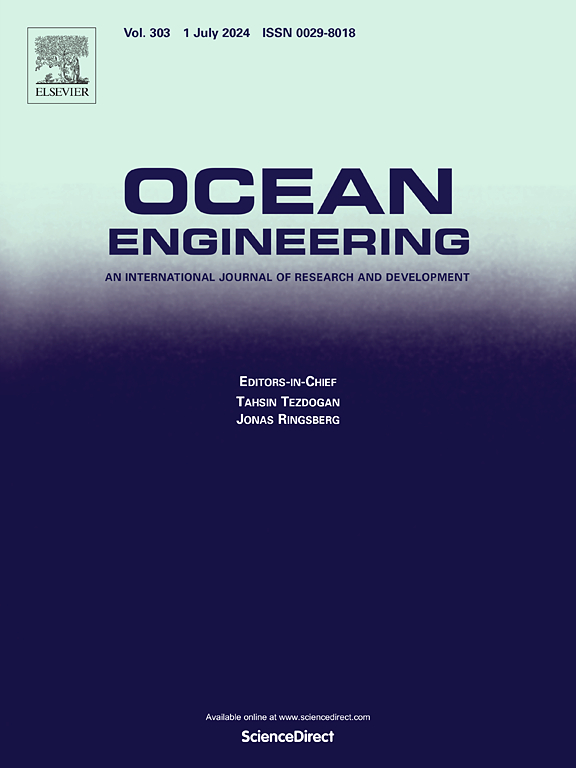Optimal channel management model for mixed traffic flow with automated and human-operated ships in seaports
IF 4.6
2区 工程技术
Q1 ENGINEERING, CIVIL
引用次数: 0
Abstract
The coexistence of autonomous ships (ASs) and human-operated ships (HSs) will persist in seaport traffic systems for the foreseeable future. To improve traffic efficiency in such mixed environments, it is essential to make efficient use of limited channel resources. To address this issue, this paper develops an optimization model for channel management. Three channel navigation strategies are introduced: dedicated channels for ASs (DC-AS), dedicated channels for HSs (DC-HS), and mixed channels (MC). A macroscopic traffic capacity model of different channel navigation strategies is established by incorporating heterogeneous ship-following modes and ASs platooning characteristics. Based on this, an optimization model for channel management is formulated to maximize total channel traffic capacity under constraints of traffic demand, flow distribution balance, and fairness. Numerical experiments are conducted to verify the effectiveness of the model. Results indicate that: (1) penetration rate of ASs improves capacity, especially when a critical threshold is exceeded; (2) larger platoon sizes lead to higher capacity gains under congested conditions; (3) the optimal navigation strategy shifts from MC to DC-AS as ASs penetration rate increases. This study provides a theoretical framework for efficient channel management in future mixed maritime traffic scenarios.
港口船舶自动化与人工混合交通流的最优航道管理模型
在可预见的未来,自动驾驶船舶(ASs)和人工驾驶船舶(hs)的共存将在海港交通系统中持续存在。为了提高这种混合环境下的交通效率,必须有效利用有限的信道资源。为了解决这一问题,本文建立了一个渠道管理的优化模型。介绍了三种通道导航策略:as专用通道(DC-AS)、hs专用通道(DC-HS)和混合通道(MC)。结合异质船舶跟随模式和as队列特性,建立了不同航道航行策略下的宏观通行能力模型。在此基础上,在交通需求约束、流量分配均衡约束和公平性约束下,建立了通道管理的优化模型,使通道总通行能力最大化。通过数值实验验证了该模型的有效性。结果表明:(1)人工智能系统的渗透率提高了系统容量,特别是超过临界阈值时;(2)在拥堵条件下,更大的队列规模导致更高的运力增益;(3)随着as普及率的增加,最优导航策略由MC转向DC-AS。本研究为未来海上混合交通情景下的有效航道管理提供了理论框架。
本文章由计算机程序翻译,如有差异,请以英文原文为准。
求助全文
约1分钟内获得全文
求助全文
来源期刊

Ocean Engineering
工程技术-工程:大洋
CiteScore
7.30
自引率
34.00%
发文量
2379
审稿时长
8.1 months
期刊介绍:
Ocean Engineering provides a medium for the publication of original research and development work in the field of ocean engineering. Ocean Engineering seeks papers in the following topics.
 求助内容:
求助内容: 应助结果提醒方式:
应助结果提醒方式:


